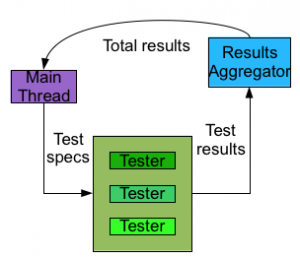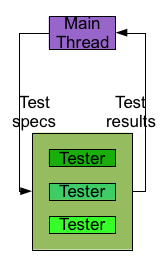Code coverage tools likely occupy the same niche as profiling tools: Tools that you’re supposed to use somewhere during the software engineering process but probably never quite get around to it, usually because you’re too busy adding features or fixing bugs. But there may come a day when you wish to learn how much of your code is actually being exercised in normal production use. For example, the team charged with continuously testing the FFmpeg project, would be curious to know how much code is being exercised, especially since many of the FATE test specs explicitly claim to be “exercising XYZ subsystem”.
The primary GNU code coverage tool is called gcov and is probably already on your GNU-based development system. I set out to determine how much FFmpeg source code is exercised while running the full FATE suite. I ran into some problems when trying to use gcov on a project-wide scale. I spackled around those holes with some very ad-hoc solutions. I’m sure I was just overlooking some more obvious solutions about which you all will be happy to enlighten me.
Results
I’ve learned to cut to the chase earlier in blog posts (results first, methods second). With that, here are the results I produced from this experiment. This Google spreadsheet contains 3 sheets: The first contains code coverage stats for a bunch of FFmpeg C files sorted first by percent coverage (ascending), then by number of lines (descending), thus highlighting which files have the most uncovered code (ffserver.c currently tops that chart). The second sheet has files for which no stats were generated. The third sheet has “problems”. These files were rejected by my ad-hoc script.
Here’s a link to the data in CSV if you want to play with it yourself.
Using gcov with FFmpeg Continue reading


